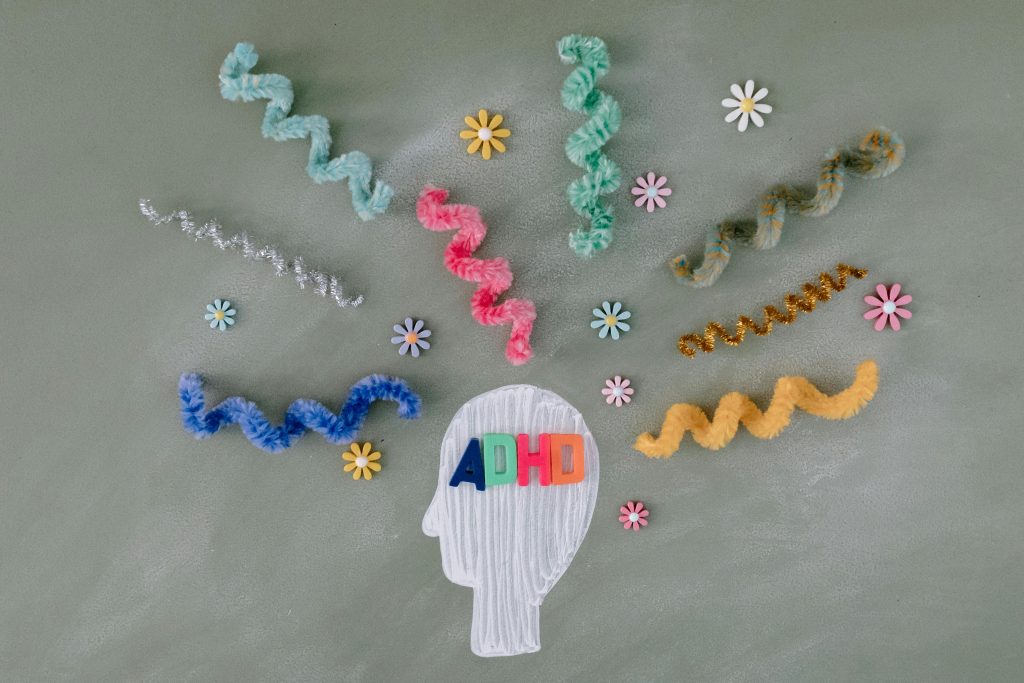Stimulation Can Activate child brain for getting connection among the cells that contribute for optimum functiong of the brain. The early childhood is the utmost significant time for brain development of a child. Up to the age five from birth, the neural connections of the brain grow so rapidly that it can be happen never.

Table of Content
- Understanding How Stimulation Can Activate Child Brain
- Types of Stimulation That Support Brain Development
- Why Early Stimulation Can Activate Matters
- Everyday Ways of How Stimulation Can Activate Child’s Brain
- The Role of Love and Security
- Final Thoughts on Stimulation Can Activate Child Brain
The early childhood is the utmost significant time for brain development of a child. Up to the age five from birth, the neural connections of the brain grow so rapidly that it can be happen never. During this tenure enormous neural connections are formed in the child’s brain every second. One of the most powerful tools to nurture and support this growth is stimulation experiences and activities that engage a child’s senses, emotions, and thoughts.
Stimulating a child’s brain doesn’t require expensive toys or complex programs. It begins with simple, meaningful interactions that spark curiosity, creativity, and connection. Here’s a closer look at how stimulation activates a child’s brain and sets the foundation for lifelong learning.
Understanding How Stimulation Can Activate Child Brain
Brain stimulation refers to the variety of experiences that activate neurons and help form neural pathways. So many things like new sights, movement, touch, sounds, language and such many other things can be the source of stimulation. While getting these stimulations child’s brain light up and activate. These sensory and cognitive experiences shape brain structure, support cognitive function, and influence behavior and emotional development.
Types of Stimulation That Support Brain Development
- Sensory Stimulation
Activities that engage the five senses sight, hearing, touch, taste, and smell help babies and toddlers understand their world. Simple things like brightly colored objects, music, textured toys, or the smell of flowers all contribute to stronger sensory connections in the brain.
- Language Stimulation
Talking, singing, and reading to a child are powerful tools to boost brain development. Even before they can understand words, babies benefit from hearing language it builds vocabulary, improves listening skills, and lays the groundwork for future reading and communication.
- Physical Stimulation
Movement and play help children build motor skills and coordination while also stimulating the brain. Activities like crawling, climbing, dancing, or playing with blocks all support cognitive development and problem-solving abilities.
- Emotional and Social Stimulation
Warm, responsive interactions with caregivers such as smiling, eye contact, cuddling, and responsive talking create a sense of security that is essential for brain growth. Social play and positive relationships also teach empathy, cooperation, and self-regulation.
Why Early Stimulation Can Activate Matters
During early childhood, the brain is highly plastic meaning it is more adaptable and responsive to learning. Proper stimulation during this period leads to:
- Stronger neural connections that support learning and memory
- Better language skills and communication abilities
- Improved emotional regulation and social understanding
- Higher cognitive performance in school and later life
Without sufficient stimulation, the brain may not develop to its full potential, leading to delays in language, cognition, and emotional maturity.
Everyday Ways of How Stimulation Can Activate Child’s Brain
You don’t need a fancy curriculum to boost your child’s brain everyday moments are opportunities for learning:
- Talk constantly: Narrate your day, name objects, and ask questions.
- Read daily: While the parent and adults are reading, the child is being attracted with the stress and intonation of the voice and colorful scenarios of the book.
- Play games: Peek-a-boo, stacking cups, or pretend play stimulate logic and imagination.
- Encourage exploration: Let them touch, feel, climb, and safely explore their surroundings.
- Listen to music: Songs and rhythms activate language and memory centers.
- Respond to emotions: Comfort them when they cry, smile when they smile this builds trust and emotional intelligence.
The Role of Love and Security
While stimulation is key, it must be paired with emotional security. Children thrive when they feel loved, safe, and understood. A nurturing environment allows the brain to absorb new information more efficiently and reduces stress, which can otherwise interfere with development. If you would like to learn more please Click here.
Final Thoughts on Stimulation Can Activate
The human brain is like a garden early stimulation is the sunlight and water that helps it grow and flourish. By engaging a child’s senses, language, emotions, and curiosity in positive, consistent ways, we help unlock their full potential.
Every word spoken, every hug given, and every new experience shared builds a stronger, brighter brain. As caregivers, educators, or simply adults in a child’s life, we hold the incredible power to shape not just a child’s mind, but their future. If you would like to know more invormation please Click here.
Pingback: Combining Absolutely Nutrition and Stimulation for Ensuring Child Development - ECD Explorer